The August issue of The Northwest Horse Source is our Training and Facilities issue. We thought it would be interesting to compare must-have equine facility features from two different viewpoints: one from a professional trainer who boards and trains horses and instructs riders, and another point of view from someone who has kept her horses in her backyard for many years.
From Professional Trainer Kim Roe
My priorities always start with the very best horse care with knowledgeable people to take care of the horses. The facility needs safe, comfortable stalls, paddocks, and fields for the horses too as this is essential for their health.
But as a professional who boards and trains horses at my own facility as well as teaching haul-in students, I also prioritize the riding and training spaces. Below are my top priorities in order of importance.
- Barn Management and Staff

My first priority isn’t a what, but a who. I’m lucky enough to own and manage my own facility, but over my life in the horse business I’ve boarded my horses and worked for a number of equine facilities that housed more than one trainer, each with his or her own staff. I’ve witnessed various levels of horse care depending on the trainer’s ethics and standards.
The barn manager must have the highest ethics regarding the welfare of the horses, and both manager and staff must have the knowledge to know when a flake of hay is moldy or when a horse is not doing well. Barn staff is often overworked and underpaid, and this sometimes results in corners being cut and an overall sense of unhappiness that can be taken out on the horses.
I prefer smaller facilities where horses and people get more individual attention.
2. Room to Move
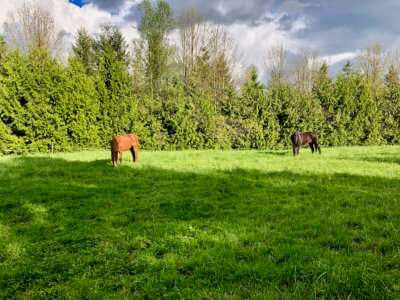
The more room to move the better. Large airy stalls with paddocks attached and well-maintained pastures with grass and room to run. Horses just do better when they can move. I want my horses to be able to touch each other and see each other. I almost never lock my horses inside and prefer them in a run-in shed to a box stall.
- An Indoor Arena
I know this is a luxury, but in our wet climate it’s a must-have if you’re serious about training. Getting in out of the rain, wind, ice, snow, and hot sun makes daily training much more pleasant. The footing should be good and well-maintained (watered and worked daily).
- Other Places to Ride
Extensive trails, mowed meadows, tracks, cross-country courses, and an outdoor arena make training and riding all that much more pleasant and allow the horses a change of scenery.
- Warm Water Wash Rack
Warm water in the barn makes life so much better for cleaning everything!
- Breaking Pen
Or a round pen with good footing. A smaller space for starting young horses (or working with older horses who need special attention or liberty work) is essential for a useful training facility.
From Horse Owner Wendy Croney
Northwest Horse Source Publisher Karen Pickering interviewed her friend, Wendy Croney, a long-time horse owner who keeps her horses at home about her priorities for her own horse keeping.
Karen: You’ve had the luxury of living with and designing different barns for your horses. What’s the one thing that you cannot live without (other than water in the barn)?
Wendy: Stalls with runs and see-thru dividing walls. I don’t like horses in isolated pens where they cannot look out or see their roommates.
What tools do you use in your barn that you cannot live without?
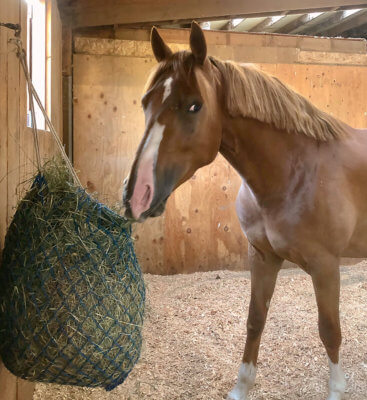
- Muck buckets and a cart to haul them.
- Plenty of hay nets of various shapes and sizes, so I can stuff ahead of time, especially if I need someone else to feed for me when I’m away. I use different types out in the field, the barn, and in paddocks.
- Trough heater/deicer for a large water trough for those hard freezes during the winter months.
- Hay steamer to clean dusty hay.
- Manure spreader for managing manure and a vehicle such as a quad to pull the manure spreader.
What barn features are the most important to you?
- I like a barn to be airy with large stalls that are nearly always open to a paddock or pasture.
- Water troughs or other water systems inside the stalls for protection from the sun (algae) and the cold.
- A freeze-proof water spigot for winter.
- Tools neatly stored close to where they are used and easy to grab.
- The barn aisle should be wide with room to pass by your wheelbarrow or other items that may be in the aisle.
- A separate feed room if you store grains and supplements.
- A space for tools to make small repairs when needed, with a workbench or table for a working space for a variety of things that you will need to do.
Article co-authored by Wendy Croney
Wendy Croney has owned and ridden horses her entire life, discovering she has a true talent for effective, gentle horse training as well as teaching horseback riding. She has been training, teaching horsemanship and giving lessons in multiple disciplines for more than 30 years using her own methods developed through experience, as well those learned from Richard Shrake, Clinton Anderson and many others.
Wendy is known for an economic approach to horse care and personally provides it to her own horses, including hoof trims. She focuses on creative ways to keep horses as naturally as possible on a tight budget.
Wendy is retired from her business, Galloping Horse Equestrian, in Colorado Springs, CO. However she is still available for consulting and continues the quest to provide the finest horse care for the most effective cost.
See this article in the August 2021 online edition:
https://magazine.nwhorsesource.com/august-2021/
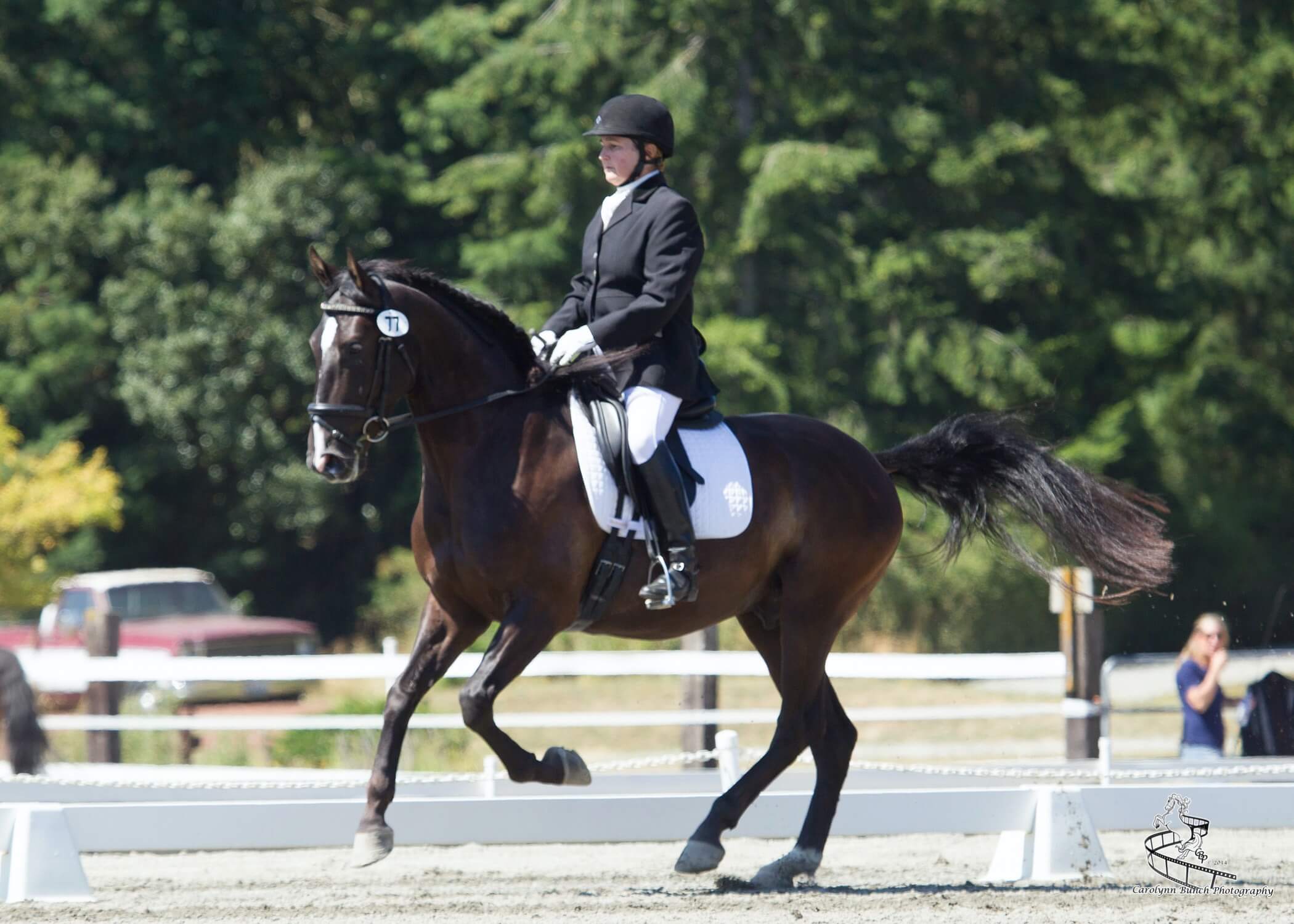
Kim Roe grew up riding on the family ranch and competed in Western rail classes, trail horse, reining, working cow, and hunter/jumper. She trained her first horse for money at 12 years old, starting a pony for a neighbor.
Kim has been a professional dressage instructor in Washington state for over 30 years, training hundreds of horses and students through the levels. In recent years Kim has become involved in Working Equitation and is a small ‘r’ Working Equitation judge with WE United.
Kim is the editor of the Northwest Horse Source Magazine, and also a writer, photographer, and poet. She owns and manages Blue Gate Farm in Deming, Washington where she continues to be passionate about helping horses and riders in many disciplines.



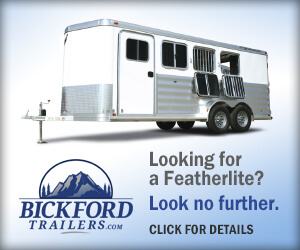

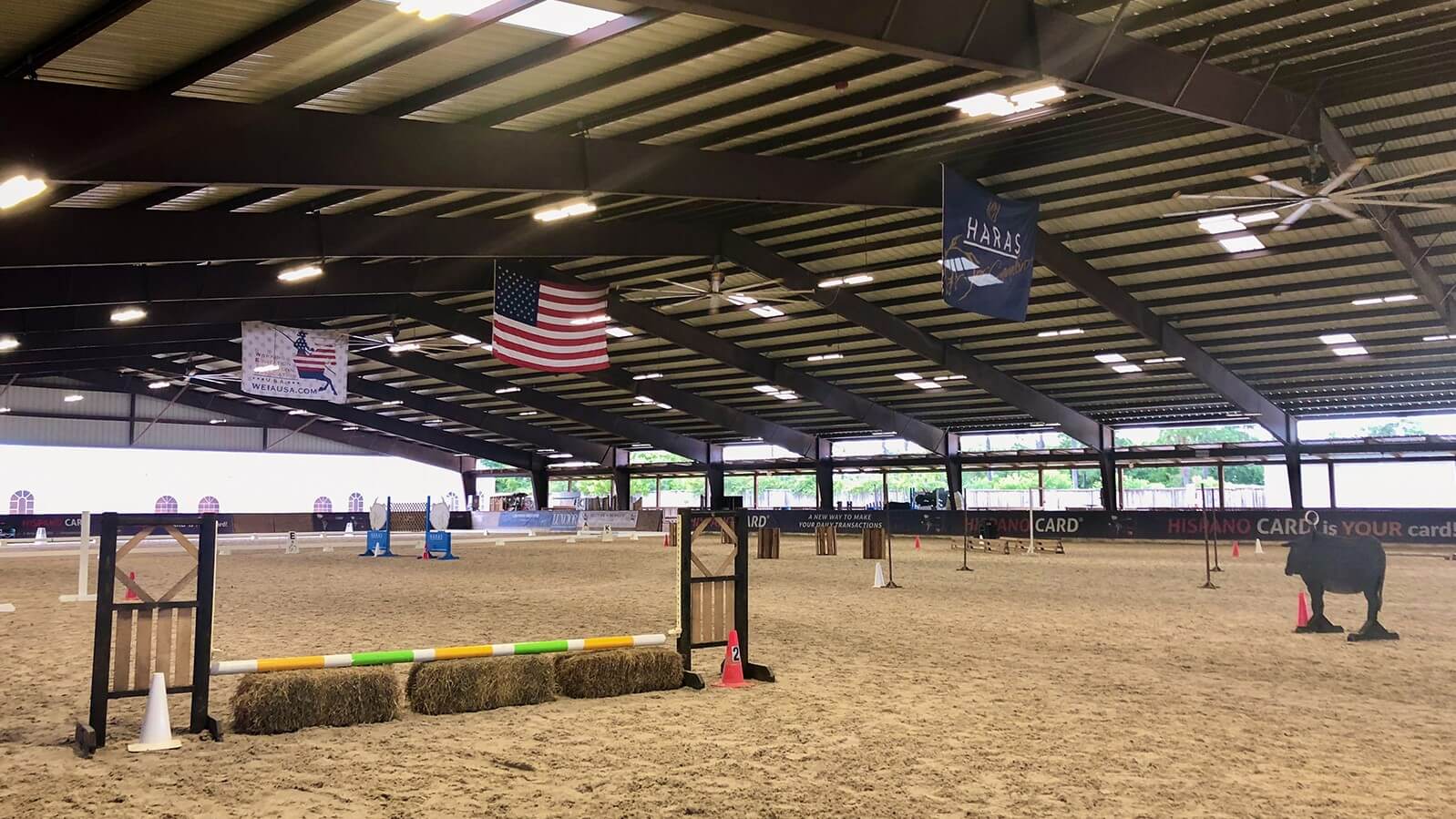

Really happy to see Hay Steamers on Wendy’s list of stable must-haves. They might seem a luxury at first, but ridding almost all the dust, mold and other allergens from hay does so much to keep horses healthy and reduce veterinary bills. Haygain steaming reaches temperatures of 212 degrees. These are needed to deactivate molds: lesser temps can actually increase the bacterial and mold content in hay.
Great article!!
These are very common sense must haves. Unfortunately, most barns I have been to have stalls with very small paddocks no see through partitions, no pastures as those are paved over for stalls and just a sad scene. The facility you described fits my image of an excellent barn for the domestic horse I would definitely board at your barn if I lived in your area. Thank you for sharing, my sentiments exactly.
Thanks for the feedback Ingrid!